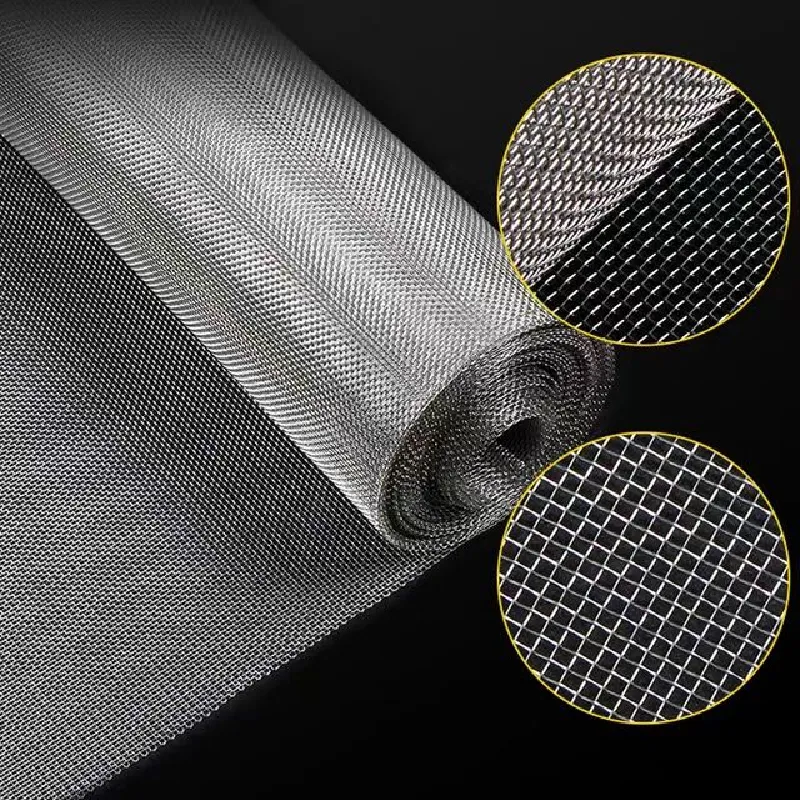-
 Afrikaans
Afrikaans -
 Albanian
Albanian -
 Amharic
Amharic -
 Arabic
Arabic -
 Armenian
Armenian -
 Azerbaijani
Azerbaijani -
 Basque
Basque -
 Belarusian
Belarusian -
 Bengali
Bengali -
 Bosnian
Bosnian -
 Bulgarian
Bulgarian -
 Catalan
Catalan -
 Cebuano
Cebuano -
 China
China -
 Corsican
Corsican -
 Croatian
Croatian -
 Czech
Czech -
 Danish
Danish -
 Dutch
Dutch -
 English
English -
 Esperanto
Esperanto -
 Estonian
Estonian -
 Finnish
Finnish -
 French
French -
 Frisian
Frisian -
 Galician
Galician -
 Georgian
Georgian -
 German
German -
 Greek
Greek -
 Gujarati
Gujarati -
 Haitian Creole
Haitian Creole -
 hausa
hausa -
 hawaiian
hawaiian -
 Hebrew
Hebrew -
 Hindi
Hindi -
 Miao
Miao -
 Hungarian
Hungarian -
 Icelandic
Icelandic -
 igbo
igbo -
 Indonesian
Indonesian -
 irish
irish -
 Italian
Italian -
 Japanese
Japanese -
 Javanese
Javanese -
 Kannada
Kannada -
 kazakh
kazakh -
 Khmer
Khmer -
 Rwandese
Rwandese -
 Korean
Korean -
 Kurdish
Kurdish -
 Kyrgyz
Kyrgyz -
 Lao
Lao -
 Latin
Latin -
 Latvian
Latvian -
 Lithuanian
Lithuanian -
 Luxembourgish
Luxembourgish -
 Macedonian
Macedonian -
 Malgashi
Malgashi -
 Malay
Malay -
 Malayalam
Malayalam -
 Maltese
Maltese -
 Maori
Maori -
 Marathi
Marathi -
 Mongolian
Mongolian -
 Myanmar
Myanmar -
 Nepali
Nepali -
 Norwegian
Norwegian -
 Norwegian
Norwegian -
 Occitan
Occitan -
 Pashto
Pashto -
 Persian
Persian -
 Polish
Polish -
 Portuguese
Portuguese -
 Punjabi
Punjabi -
 Romanian
Romanian -
 Russian
Russian -
 Samoan
Samoan -
 Scottish Gaelic
Scottish Gaelic -
 Serbian
Serbian -
 Sesotho
Sesotho -
 Shona
Shona -
 Sindhi
Sindhi -
 Sinhala
Sinhala -
 Slovak
Slovak -
 Slovenian
Slovenian -
 Somali
Somali -
 Spanish
Spanish -
 Sundanese
Sundanese -
 Swahili
Swahili -
 Swedish
Swedish -
 Tagalog
Tagalog -
 Tajik
Tajik -
 Tamil
Tamil -
 Tatar
Tatar -
 Telugu
Telugu -
 Thai
Thai -
 Turkish
Turkish -
 Turkmen
Turkmen -
 Ukrainian
Ukrainian -
 Urdu
Urdu -
 Uighur
Uighur -
 Uzbek
Uzbek -
 Vietnamese
Vietnamese -
 Welsh
Welsh -
 Bantu
Bantu -
 Yiddish
Yiddish -
 Yoruba
Yoruba -
 Zulu
Zulu
Effective Solutions for Bird Protection Using Mesh Netting Systems
The Importance of Bird Mesh Netting in Avian Conservation
Bird mesh netting has emerged as a crucial tool in the efforts to protect avian species and their habitats. This specialized netting not only aids in preventing birds from entering hazardous areas but also plays a vital role in conservation practices that safeguard their populations. With issues like habitat destruction and climate change threatening bird species worldwide, the implementation of bird mesh netting offers a practical solution to mitigate these perils.
One of the primary uses of bird mesh netting is in the protection of agricultural crops. Farmers often face challenges with birds that consume seeds and fruits, leading to significant economic losses. By installing mesh netting over fields, farmers can effectively deter birds from accessing their crops without harming them. This method is both humane and efficient, as it allows for crop protection while maintaining ecological balance. Moreover, the netting is designed to be a barrier rather than a trap, enabling birds to continue their natural foraging behaviors in other areas.
In urban environments, bird mesh netting serves a dual purpose it protects infrastructure and provides safe spaces for bird populations. For instance, urban buildings often pose risks to birds through collisions with windows or entrapments in construction sites. By placing bird mesh netting around these structures, cities can enhance the safety of avian species. This initiative is especially vital in migratory paths where collisions with buildings are common. Providing safe passage not only assists in conserving bird populations but also promotes biodiversity in urban settings.
bird mesh netting

Furthermore, bird mesh netting is used in the rehabilitation of injured or orphaned birds. Wildlife rehabilitation centers often employ netting to create secure environments where birds can recover and regain strength. This approach allows rehabilitated birds to be gradually introduced back into their natural habitats, reducing the impact of human intervention on their lives. The use of netting in rehabilitation facilities highlights its versatility as a tool for both immediate protection and long-term conservation efforts.
Environmental organizations and conservationists advocate for the use of bird mesh netting in various restoration projects. For example, protecting nesting sites from invasive predators is a critical aspect of many conservation strategies. With the help of netting, vulnerable bird species can nest without the threat of predation. This protective measure significantly increases the chances of their young surviving to adulthood, thereby fostering population growth.
In conclusion, bird mesh netting is an essential component in the toolbox of those dedicated to avian conservation. Its applications range from agricultural protection to urban safety and wildlife rehabilitation. By incorporating bird mesh netting into our conservation efforts, we take significant strides toward preserving the rich diversity of bird species on our planet. As we face increasing environmental challenges, solutions like bird mesh netting can make a substantial difference in our efforts to create a more harmonious coexistence with the avian world.
-
Shipping Plastic Bags for Every NeedNewsJul.24,2025
-
Safety Netting: Your Shield in ConstructionNewsJul.24,2025
-
Plastic Mesh Netting for Everyday UseNewsJul.24,2025
-
Nylon Netting for Every UseNewsJul.24,2025
-
Mesh Breeder Box for Fish TanksNewsJul.24,2025
-
Expanded Steel Mesh Offers Durable VersatilityNewsJul.24,2025











